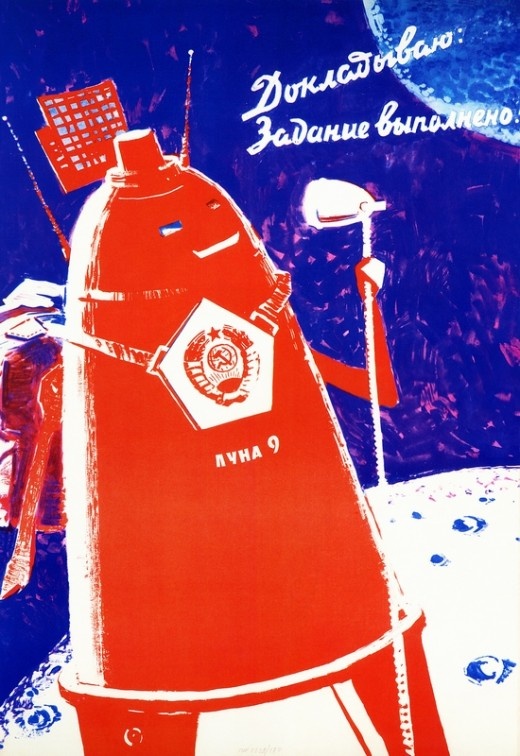This is a loose assembly of two distinct things wrapped under the logic of modes of meaning-making. The first deals with how mobile learning challenges linearity in higher education, something I have written about before here. The second deals with a particular collaboration I experienced recently that consisted of one 16 year stretch of living under the same roof, one phone call, extensive emails, and a slew of images organized in Pinterest.
The Trojan Horse of mLearning in Higher Education
I suggest giving this one a look as it outlines quite a few of the applications of mobile learning (and their intended or unintended effects) in higher education. Jorissen makes the case that linearization isn’t just the natural process of meaning making in higher education, but rather that it is almost a required structure for higher education organizations to function. To quote: “Linearisation is a main pattern of complexity reduction in literal educational institutions.” This linearization requires spatial reorganization, separation, walled spaces, a compartmentalization of activity that precludes the disciplinary sequestration and monetizing that occurs afterwards. Universities charge tuition based on these discrete units of activity (disciplines), etc.
Mobile learning, Jorissen attests, disrupts that process by challenging the four modes of normalized, linearized activity that higher education depends on:
- Control of sources and content
- Synchronization
- Spatial separation
- Social boundaries
Many of us in elearning would suggest that this disruption began a long time ago (especially in terms of social boundaries and synchronization); mobile blows the doors out on the remaining few (control of sources and content, in particular; that ship has sailed). It is worth a look if only to see, on a more instructional level, whether your pedagogy is at odds with this non-linearization. If it is, consider the advantages of that pedagogy as juxtaposition, working against the grain, eliciting reflections and constructions from learners that address that juxtaposition between how they are doing things now and how this assignment is requiring them to rethink a workflow. There is a lot of learning to be done in confrontation of this sort, between old and new practice.
Otherwise, consider how mobile assembles meaning outside the confines of linearity (sometimes) and what the pedagogical advantage of pursuing non-linearity might be. I might suggest there is quite a bit to learn from non-linearity and assembly as opposed to sequencing and that will only become more pronounced in the years to come. Either way, have students reflect on that juxtaposition as well, how we learn on our own and how we learn in university. They are rarely one in the same.
Collaboration via Pinterest
So I lived with this person for 16 years, had endless email exchanges, one phone call, and many images on Pinterest to produce a theme for this site (and for other projects we have worked on). She is my sister, an architect/designer and her work has graced many of my projects, often softening the ideas that I am trying to put out there. So when I decided to rebrand this site, I turned to her as spoke my language of images, feelings, moods, colors, evocations of this or that. It was flighty in the extreme, but she translated that into something concrete.
Most of this took place asynchronously via Pinterest; while not suggesting a new practice or means of collaboration, it certainly nods towards something slightly unorthodox. Pinterest we chose specifically for this purpose. Flickr wouldn’t do as those were my images and if I had known what I wanted from what I already had, I wouldn’t be turning to a designer. I needed inspiration from others, I needed to cobble these together a bit, and create some context from them all being together. They are rarely of the same theme, color sets, mood, time period, genre, or even subject. What they all do, to some degree or another, is ratchet up inspiration. My sister knew that I felt this when I looked at this, or felt that with that. That what I was trying to evoke in these images. Not the brand, but the feeling of the brand.
I suggest this exercise with a very talented, visually inclined sibling. Barring the existence of that, I suggest an open space of limitless curation; Pinterest literally makes the internet the palate of exploration, completely open and transparent. All those images were out there for everyone to see, which inserted a sense of urgency perhaps to the proceedings. By the time the last image was added to Pinterest, the designs were soon to follow.
I think this would work well as an elearning exercise as well. Curate an assembly of meaning for a particular time period, epoch, place, idea (History again, sorry). Work in groups. Justify your selections in Pinterest amongst your group. Add images that cut across separate aspects of a larger construction of meaning, including
- intellectual content (theory, idea, organizing construct, philosophy, event)
- social content (community, institutions, spirituality, ritual, ceremony)
- emotional content (mood, inspiration, connections, social glue)
Remix one master image or montage that encompasses these aspects, embed within that image (text or audio inserts) demonstrations of why this content is important, how it addresses these themes, and why the larger assembly is greater than the sum of its parts. To move beyond the lip service we often provide to multimodal literacy, the ability to ‘write’ in modes other than text, we need to model it and provide evidence that such a thing even exists. Primarily image-based dialogues are a good way to do just that. The end result is the image you see in my banner along with the color scheme.

